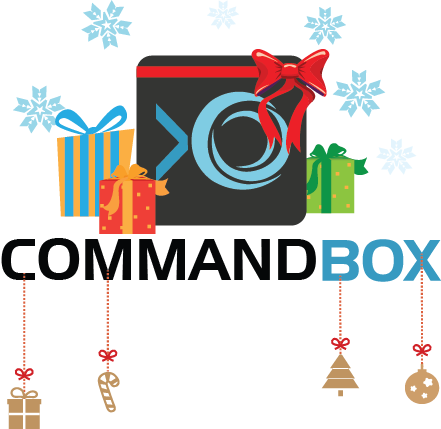 We've talked about what packages are, how to create them and how to publish them on Forgebox. Now that you have the basics down, we've got some special ninja kung foo magic that will let you crank out modules with almost no effort at all. We obviously can't implement the module for you, but there is a lot of boilerplate around creating the Git repo, scaffolding out files, setting up tests, and publishing. We can turn all that boilerplate into 2 commands. **
We've talked about what packages are, how to create them and how to publish them on Forgebox. Now that you have the basics down, we've got some special ninja kung foo magic that will let you crank out modules with almost no effort at all. We obviously can't implement the module for you, but there is a lot of boilerplate around creating the Git repo, scaffolding out files, setting up tests, and publishing. We can turn all that boilerplate into 2 commands. **
** Some one-time setup required
Module Template Module
The module template module is a module that helps you create modules. Whoa-- how meta, right? This is a CommandBox module written by our very own Eric Peterson that you install into CommandBox. It gives you some command line tools to whip a module in no time.
install cb-module-template
https://www.forgebox.io/view/cb-module-template
The only requirements are that you have:
- CommandBox and the module installed (duh!)
- A free GitHub account
- A free forgebox.io account
When you have a cool idea for a CommandBox module, ColdBox module, or ContentBox module, just create an empty directory and run this:
module scaffold myCoolModule "Short Module Description"
What did that just do?
The first time you run those commands, the module might ask you some questions, but it will remember the answers and be able to access your GitHub account automatically the next time. That single command will:
- scaffold out the basic files for a Box module
- Sets up your box.json and ModuleConfig.cfc files with defaults
- Configures a unit and integration test suite for you
- Creates an actual GitHub repo under your account and ties it to your local folder
- Configures a Travis-CI build for your repo and activates it, complete with a pass/fail banner in your default readme.md!
Ready to publish your work for all the world to see? Just one command left. (The version starts at 0.0.0 so use --major, --minor, or --patch based on what kind of version bump you want)
bump --major
That command (which is part of CommandBox proper) will:
- Increment the version in your box.json
- Tag your local git repo
- Fire the inbuilt package scripts to:
- Update your download location to point to the new tag
- Push the new Git tag to GitHub
- Publish the package to Forgebox
That's a lot of individual steps that just got boiled down to 2 simple commands. Have fun playing around with this module and you use it to get some of your projects out there on ForgeBox.




Add Your Comment